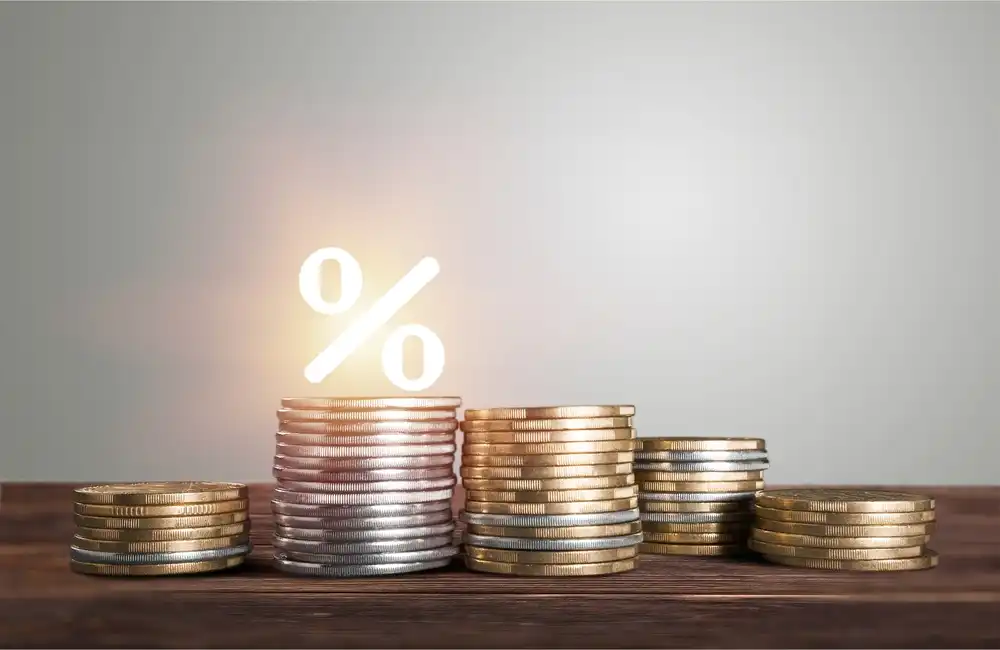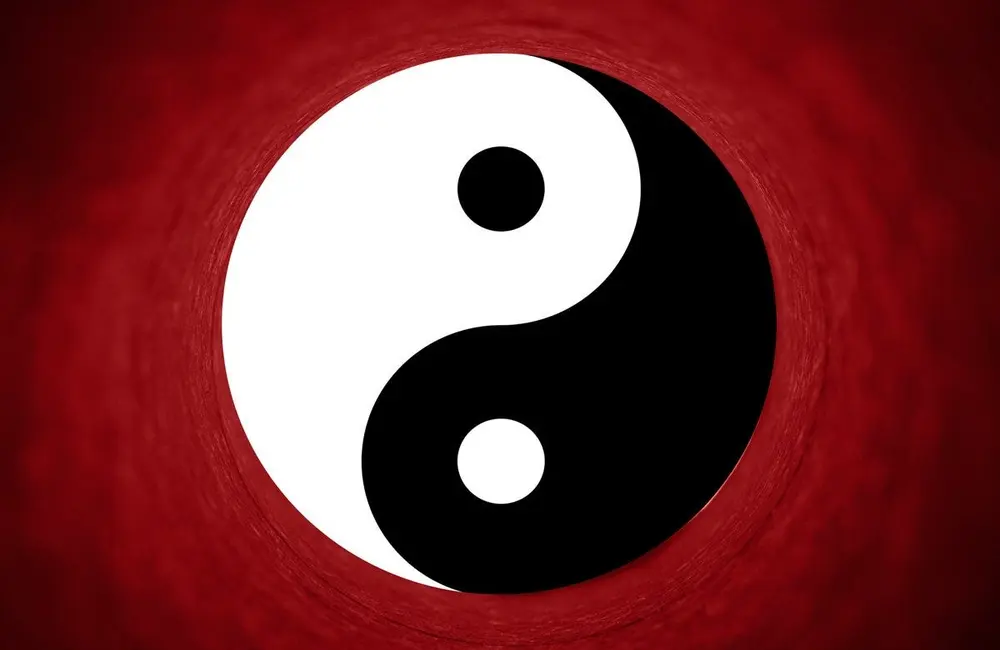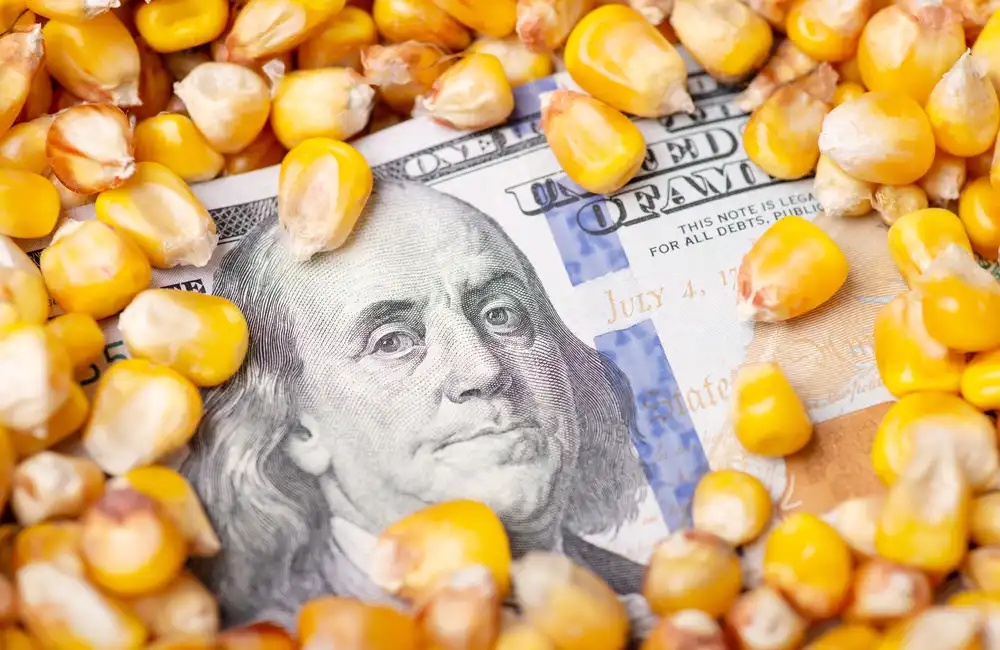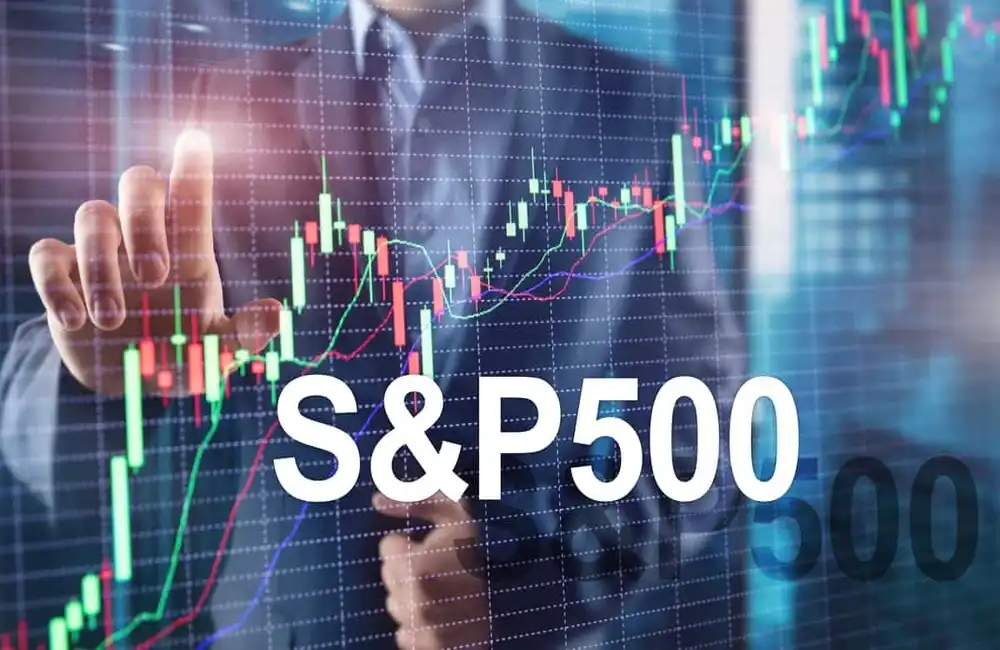Distances (or deferment) distances (or disperse) Investors are always faced by a wall of worry.
Long-term investors comfort themselves with the thought that the stock market’s capacity to overcome these problems is one of life’s certainties, along with the truism that it is time in the market, rather than timing markets, that protects and creates wealth. Still, it’s never easy to put aside that nagging doubt, to persuade yourself to take what appears to be an awkward leap into the stock market despite what may appear to be obvious caution signs.
In this context, the prospects today appear more than normally uncertain.
Tensions in the Middle East are only continuing to ratchet upward, providing a pretext for bad actors like Putin and the Iranian regime to stoke hostilities elsewhere. To make matters worse, politics around the world has become increasingly polarised, and an unusual number of elections in 2024 will exert the potential for some big shocks and/or shifts in economic policy and sentiment. For the first time within an election cycle, the threat of AI-generated fakery lurks like a malign presence, and the prospect of even less predictable electoral results than already allows. China appears to be slowing sharply, potentially pulling the world economy into recession, as a rumbling crisis in its property sector and a declining population raise the stakes for its unelected ruling elite. Could it be that they turn their sights to an invasion of Taiwan as a way of deflecting their people from an economic quagmire?
Run for cover
So, back under the metaphorical duvet, and carry on owning those short-dated government bonds?
I don’t think so. As my father says, “’ Twas ever thus.” And how else could it possibly be? In the 1970s, a British scientist employed at NASA developed a method for spotting the signs of life on other worlds with an approach that would be low-cost and successful. James Lovelock theorised that lifeless worlds are those such as with chemical equilibrium and therefore chemically stable atmospheres, whereas those such as Earth, which possess highly reactive chemicals, such as O2 and CH4, in stable concentrations, will show signs of life. In what came to be known as the Gaia hypothesis, Lovelock argued that Earth had evolved into a self-regulating system in which life itself perpetuates the conditions for life.
The fundamental principle of the Gaia hypothesis is that, through a dynamic system with feedback loops, it is possible to view the Earth as self-regulating, and that while components in the system might be unstable, the entirety of the system is extremely stable. He argued that on Earth, when a natural cycle begins to go out of whack, then other cycles tend to kick in and reattach the system, a process which is constantly fine-tuning conditions for life. In this way Gaia may demonstrate a core verity about stock markets as well, which are themselves a collective dynamic system with feedback loops. For markets to work, there must always be optimism matched by fear. Sometimes one will win out over the other, but it will only happen for very brief times before feedback loops begin to operate. Anyone who remembers the terror all of us felt during Q1 of 2020 knows this to be true. Another pandemic arrived, politicians were clueless about what to do, and stock markets collapsed, on the belief that economic activity was fading to nearly nothing. But a degree of optimism crept back into markets soon afterwards, probably a function of prices having come down, and a new equilibrium was quickly established. The market stopped going down, and then slowly worked its way back up, and it wasn’t long before the S&P had climbed back to its previous highs. Taking a longer look at the COVID-19 crash looks like little more than a blip.
To illustrate the Gaia hypothesis, Lovelock built a thought experiment called Daisyworld. There are two species of daisy, a dark one for cooler weather and a white one for warmer weather. As one surrenders ground to the other, it alters the reflective properties of the surface of Daisyworld, and thus the global temperature. So as dark daisies come to cover the surface, the Daisyworld warms up and more white daisies flourish. This, in turn, boosts the amount of the sun’s energy reflected to space, and Daisyworld cools down a notch, so dark daisies now do better again. Their coexistence and reflective properties result in a constantly evolving equilibrium that settles at the optimum temperature for daisy growth. The third is using both black and white daisies to make a system more stable: Or, in the experiment, if the luminosity of the sun is varied, the overall temperature of Daisyworld is significantly more stable compared to the case with no daisies, or just one species of daisy. That’s a simple illustration of feedback loops making a system stable that would be less stable without them.
So constant instability is a precondition for stability in Daisyworld. Whereas Lovelock gained some popularity in the West, comparable ideas were articulated in Russia in the late 19th and early 20th centuries, but were written about much earlier. Indeed, some scientists have recognised that the very nature of the gases in the atmosphere now is resultant from biological processes (i.e., life) early on, such as Vladimir Vernadsky. He argued that living organisms in the biosphere (a relatively new term at this time) would affect Earth’s conditions, and for this he is considered a pioneer in the field of environmental sciences. In the east, the Chinese explanation of yin and yang corelatively explains a persistent duality where two complementary forces are not opposed but interact to become a system in perpetual dynamism. Everything can be perceived as dualistic: shadow cannot exist without light, male without female, winter without summer.
You can see echoes of Gaia’s balance, of what the early Russian scientists saw, or the ancient Chinese yin and yang in stock markets. The markets consistently face the risk of instability, yet they tend to be pretty stable (except over the very short term) in practice. Buyers and sellers balance each other out, leading to constant share price movement, but overall in an equilibrium static system. However, at every point in time, and as a prerequisite for this stability, market analysts and actors are on the constant lookout for and dread destabilising pressures on share prices and stock markets.
A topical example of one of these perceived threats to market stability
This time outside of politics – is the increase in passive investment. We recently received news from Morningstar that for the first time this year in the US, passively managed mutual funds and ETFs outstripped actively managed funds and ETFs in terms of total assets under management. Passive US mutual funds and ETFs had roughly $13.3tn in assets at the end of December 2023, compared to just over $13.2tn for active ETFs and mutual funds, according to Morningstar. Active managers usually treat the rise of passive investors as a systemic threat, while others treat hedge funds as a systemic threat to markets. In truth, these are hardly the world’s villains when it comes to the stock market, but rather participants in the stock market’s rich tapestry, all just actors that allow the market to run effectively. Using the Daisyworld example above, one could reason that if passive investors dominate so much that they start to affect share prices too much, then active managers should start turning in better relative returns, attracting inflows from passives and restoring equilibrium. The mechanism self-corrects, but is also more stable than it would have been if only one type of investor existed.
Ironically, regulation itself is not just an external threat to this stability, a godlike destroyer of the status quo, to the extent that the unintended consequences of ‘good regulation’ lead to the extinction of parts of the capital markets. One response to the unintended outcomes of apparently ‘good’ regulation is the current campaign to amend the inequities of cost disclosures for investment trusts. As long as some regulators and governments are listening (i.e., there is a feedback loop), then even regulation shouldn’t destabilise markets.
And so, back to 2024.
What does Gaia or yin-yang have to say about the potential year ahead? Let’s consider the US election as a seemingly intractable problem. This is a very polarized election, with the two sides seemingly standing for opposite things. And if Trump does win the election, it’s conceivable that the no-holds-barred attitude he would take there would have the US exiting NATO, or that the Inflation Reduction Act’s green incentives might be torn to shreds. How the world will look on 5th November will depend on how a handful of floating voters in a handful of states in the USA feel when they get out of bed that day. Who can sensibly make a long-term investment with this Sword of Damocles over the world?
Some diversification will help.
Maybe Gaia-like, self-balancing portfolios such as trusts are the solution? One platform that comes to mind that could (potentially) show stability regardless of the US election outcome is BlackRock Energy & Resources Income (BERI). After a change in mandate in 2020, BERI now has three proverbial legs to its investment stool. The team invests in both mining and traditional energy companies, as well as ‘energy transition’ stocks. Long-term allocation between these three is expected to be 40/30/30, respectively, but can be quite dynamic. A particularly notable one that has resulted in extremely good performance appeared in November of 2020. Energy transition stocks were on the up at the time and the team moved quickly to pivot the portfolio back into traditional energy stocks. These were trading at historically low valuations, but upon the announcement of a COVID-19 vaccine, it was posited that these would profit from the normalisation of economic activity. This resulted in quite some outperformance in the following years, further aided by - again - energy transition stocks underperforming and energy stocks benefitting from the rush in Ukraine from the Russians. In our opinion, it is worth noting that the team is once again eyeing the mispriced energy transition sector, which is currently attractively valued.
Setting aside the details, for example, the Gaia hypothesis finds that only unstable atmospheres can host life. BERI’s intractable contradictions in its portfolio make it a potential haven from something like the upcoming US election. To oversimplify, if Biden wins, then it’s probably fair to say that the energy transition continues, which should be a positive for BERI’s energy transition stocks, let alone traditional miners, who stand to benefit from providing the metals that make it work. On the other hand, a Trump victory would certainly present a big measure of uncertainty for renewable energy companies, and their prospects would be less bright. In this case, BERI’s traditional energy stocks could do well, with direct backing from Trump and probably less of a headwind from alternative energy.
That raised the question – what other trusts might display what at least on the surface could be considered structurally adverse portfolios




















